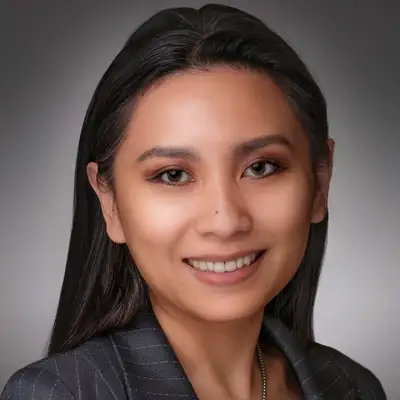A Tug-of-War at the Fed — September 8, 2025
Hello, and welcome to the Economic and Market Watch podcast for the week of 09/08/2025. This is Sam Kem of CFC.
Sam Kem:If you've been following the news lately, you might have heard whispers or even loud debates about the Federal Reserve and a court case that could reshape it. But don't worry. I'm not here to litigate the case.
Sam Kem:Instead, I want to step back and give you a clearer picture of what the Federal Reserve actually is, how it's structured, and why it matters. Think of this as a friendly crash course, but without the high tuition, of course.
Sam Kem:The Federal Reserve is the central bank of United States. While it's best known for setting interest rates, the Fed also works to keep the financial system stable, protect consumers, promote community development, and ensure payments flow smoothly. Because let's face it, nobody like waiting three days for a remote transfer, not in 2025.
Sam Kem:The Fed also serves as the lender of last resort when banks get into trouble. In other words, the Fed is like the emergency backup generator for the financial system. Now when you think of the Fed, you probably think of Sharon Powell. I know I do. He's the chair and the face you see on the news when interest rates go up or down, but mostly up recently.
Sam Kem:However, the Fed is much more than one person. It's actually made up of three key entities. First, the board of governors. There are seven governors serving staggered fourteen year terms, basically the opposite of a short gig. And currently, Powell is the chair of the board.
Sam Kem:Second, the 12 regional Federal Reserve Banks. These are the Fed's boots on the ground spread across the country. And third, the Federal Open Market Committee or FOMC. This is the group that sets US monetary policy. They meet at least eight times a year, probably the most anticipated meetings in the financial world besides maybe when Apple launches a new iPhone.
Sam Kem:The FOMC has 12 voting members, the seven governors, the president of the New York Fed, and four of the remaining 11 regional reserve bank presidents who rotate in for one year terms. Here's where it gets interesting. A lot of people assume the board of governors and the FOMC are the same thing. They're not. The board chair, Powell in this case, is appointed by the president.
Sam Kem:But, technically, the FOMC could pick someone else as its chair. They never have, but the law allows it. While Powell's term as chair of the board is ending in several months, his seat on the board lasts until 2028. In theory, DFOMC could still vote to keep him as its chair even if the president appoints someone new to lead the board. It's a bit like when your office has two managers who both think they're running the show.
Sam Kem:It's kind of awkward. Right? So what happens if the board and the FOMC don't agree? That's where things get hypothetical. The board sets the interest on reserve balances, which is the interest rate that is paid by the Federal Reserve on balances maintained by or on behalf of eligible institutions in master accounts at the Federal Reserve Banks.
Sam Kem:It is one of the most powerful tools introduced in 2021 for the abundant reserve era. In practice, it sets the floor for the federal funds rate. If they disagreed, the board could push the floor down while the FOMC tried to pull the fed funds rate up. Meanwhile, the New York Fed, under the FOMC's direction, would conduct what we call open market operations to lift the federal funds rate as set by the FOMC. Picture two people fighting over the thermostat.
Sam Kem:One cranks the heat and the other blasts the AC. And the result, no one knows because it has never happened. And that's kind of the point. The Fed works as one system, not three rival teams. Normally, the distinctions don't matter to the public.
Sam Kem:But as we learned since COVID, normal does not always stick around. The idea of a Fed talk of war is legally possible, but it has never played out in real life. And with that, we'll leave today's thought experiment there.
Sam Kem:Thank you for listening. Be sure to download the economic and market watch intelligence brief and dashboard.
Sam Kem:Talk to you soon.
Creators and Guests

